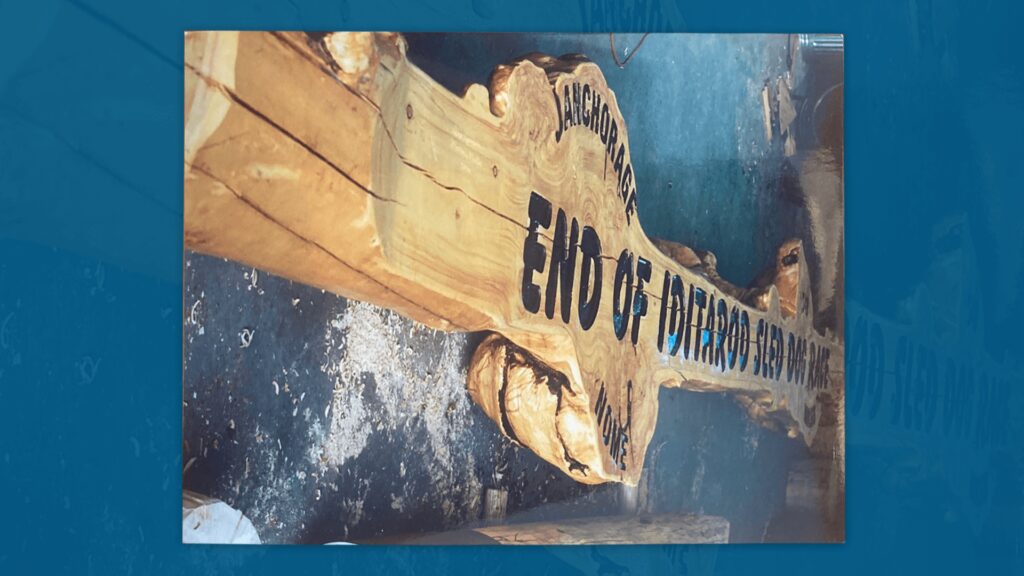From the midway point of Huslia Iditarod mushers have been racing to the coast—and a small field of top mushers are now taking shape after racing through warming temperatures and the biting winds into Unalakleet Sunday.
Nome’s Aaron Burmeister—first to the Huslia halfway—ran to the coast in two long runs from the midpoint: a quick 5-hour rest outside of Koyukuk before taking his 8-hour in Kaltag. He then powered through one long 85 mile run to be the first musher into Unalakleet—and for a musher from Nome, he says it was familiar territory.
“I felt right at home when the wind started blowing,” said Burmeister. “I’m comfortable on the coast, with the weather, and have a good understanding of it. So that’s my comfort zone.”


Just over an hour behind Burmeister came Aliy Zirkle—who rested at the Tripod Flats Cabin about 35 miles out of Kaltag before making her way in. As gusting winds carried flecks of ice and snow, Zirkle considered a replacement sled she had shipped to the checkpoint—but decided she’ll keep the one she has.
“I like my sled. I would take a smaller sled if I had a smaller team, but I don’t,” she said. “Trying to keep that one so I can hide behind it, in the wind. And it appears to be windy.”

Third in but first out of Unalakleet was Dallas Seavey, who sprinted toward food and other dropped supplies before leaving the checkpoint after just 5 minutes. Seavey had come within a mile of Burmiester on the trail to Unalakleet before stopping to rest. After the defending race champion sped through, Burmeister gave quick pursuit—following after fewer than five hours of rest before hitting the trail.
Rounding out the top mushers into Unalakleet was Jeff King—who said his team had been pulling strongly all race but began to have digestion issues after the Huslia halfway—which led to an unexpected stop on his way to the coast.
“Just really started for me in Koyukuk. I hadn’t had any issues with it, and there are some that look a little tired as a result. But rest and more food and they ran really good in here, you know? That’s why I fed fish tonight instead of more kibble, I’m wondering if I’m feeding too much kibble. Because their appetite is so good,” said King. “I’m sure I could have got them in here, but I am not just willing to get them in here, because then, what have you got? You just sit in the wind over here. So I stopped.”

As the top mushers made their way into and out of Unalakleet, Race Marshal Mark Nordman looked to last year’s race to calculate when a winner could be expected under the burled arch in Nome.
“Let’s go off of last year. You know I’ve picked out Dallas Seavey because he was our champion last year, they ended up running what was 63 hours from Kaltag into Nome. So I don’t have that right in front of me, but it’ll be a Tuesday,” said Nordman.
After a frigid trip through the interior and a historic stop to the mushing mecca of Huslia, the top teams in Iditarod are now all on familiar territory: the perilous coast on the final miles to Nome.







